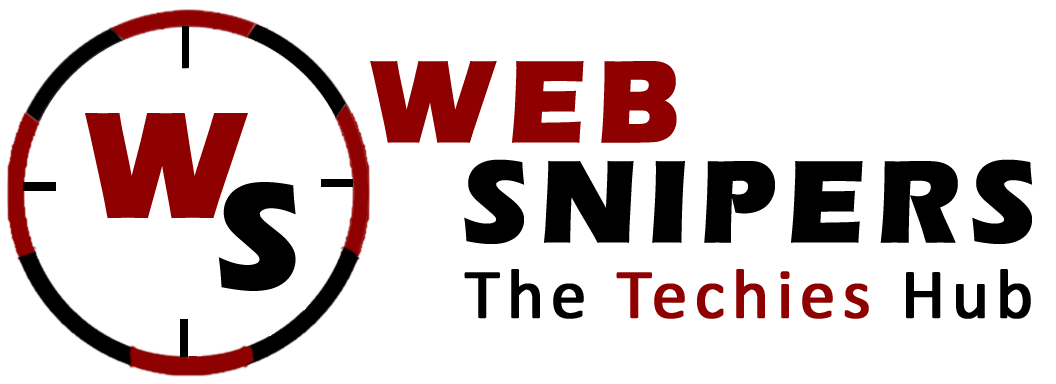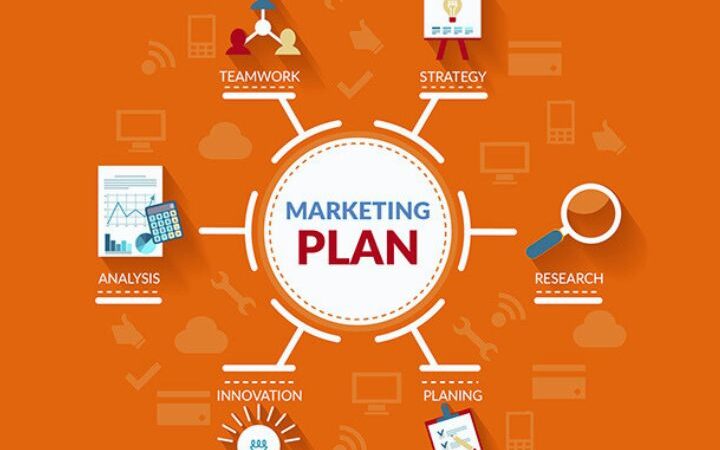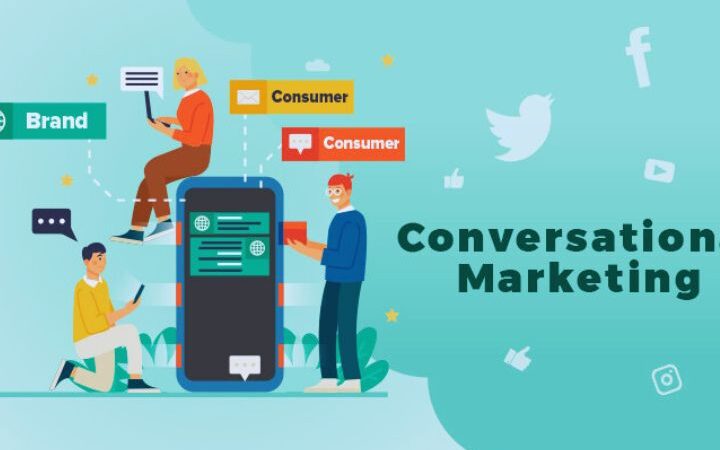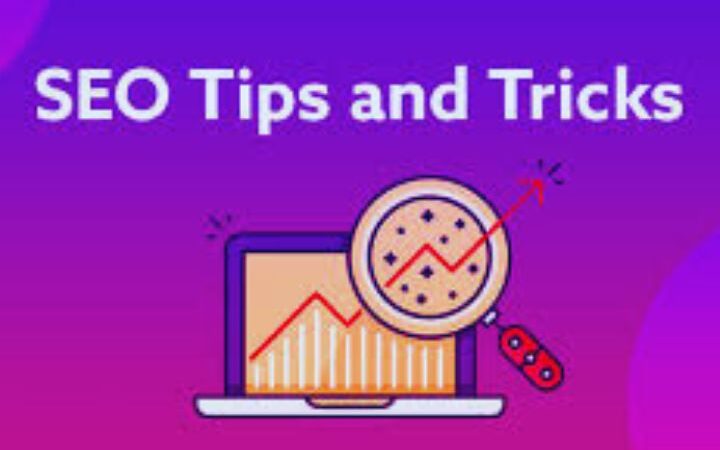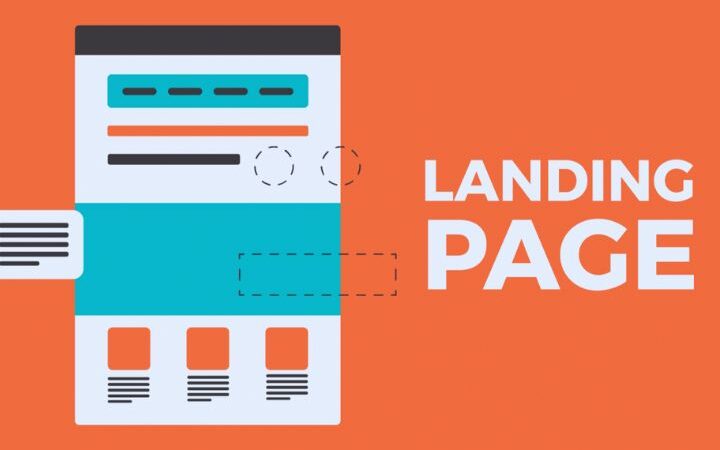Efficient Advertising Campaign: How To Do One Step By Step?

Efficient Advertising Campaign: Making a great advertising campaign is a matter of creativity but, above all, of method. When we face the challenge of designing a campaign for a new or regular client, it is essential to have a step-by-step plan that guides us on the path to success.
Table of Contents
1) Define The Objectives
There is a magical ingredient behind the best advertising campaigns: communication with the customer. From minute one, we have to actively collaborate to understand what your needs are and how we can help you satisfy them.
In the first step, client and agency must work together to define what the objectives of the campaign are. These goals have to be in accordance with the company’s entire marketing plan, so it is very important that the client provides all the necessary information in this regard.
To know how to design good objectives for our advertising campaigns, we can remember the acronym “SMART”:
- S for specific. Overly general objectives, such as “improve sales results”, do not serve us well. Each objective must refer to a specific area, for example, “increase the number of leads obtained through Google searches.”
- M for measurable (measurable). What can’t be measured doesn’t exist in marketing! It is absolutely essential that the objectives have specific metrics associated with them, since only then can we know if we are on the path to achieving them or if we have to change course.
- A stands for assignable (having a supervisor). In order for the objectives to be met, someone has to be responsible for them. Clearly defining who is in charge of each section will set us on the path to success.
- R for realistic. A common mistake is setting objectives without taking into account existing resources and limitations. Although it is always positive to aim high, excessive objectives only demoralize the team. It may be advisable to set different ranges of results for the objectives, for example, the minimum, the achievable and the ideal.
- T for time-bound (with deadline). A good marketing objective is set in time, since it is the only way to monitor and guarantee its fulfillment. Additionally, having deadlines helps organize work and provides motivation for the team.
2) Write The Briefing
After this dialogue between agency and client, the next step is to collect all the relevant information about the campaign in a briefing. At a minimum, this document should contain the following sections:
- Target: who is this campaign aimed at? As guidance, we can develop a “buyer persona ” that includes the demographic and psychographic aspects of our ideal client, the challenges they face and how our brand can help them overcome them.
- Product: the purpose of the campaign must be described in detail here, whether it is the launch of a new product or service, a special promotion, a new brand image or any other situation. The agency has to collaborate with the client to understand the characteristics of the product, its weaknesses and its strengths.
- Market study: that is, how the product or service is framed within the sector and with respect to the competition. There is a wide variety of sources and resources that we can turn to, from public data about the sector to in-depth interviews with target people. In essence, what we are looking for is to make a composition of the place and understand what types of campaigns work best with the target.
- Timing: the campaign’s important dates (e.g. launch date of the product on the market or the media spot) and the key tasks to be carried out so that the deadlines are met.
3) Prepare The Proposal
With all the information we have gathered in the previous steps, it is time for the agency to get to work on the creative proposal. But in this phase, communication with the client remains essential so that both expectations are aligned.
To begin with, the concept proposal collects the key benefits of the product or service that you want to communicate and translates them into a creative idea for the campaign. From there, both the copies (texts) and the different final arts or graphic elements are created. Of course, interactive components and movies might also be a part of the campaign.
This proposal is taken to the client for final approval. In many cases, the advertiser will request changes to the creative. Once again, it is essential that there is fluid communication between client, agency and creative staff to achieve a final campaign of the highest quality.
4) Prepare The Media Plan
The media plan is a fundamental document for organizing an advertising campaign.
To develop this plan, we must start from the analysis of the target that we have identified in the briefing. Logically, if we want to reach them we must identify the media they consume. As sources of this analysis, we can choose between media audience profile data, sectoral analysis, studies such as the General Media Study, etc.
With this data, we can proceed to select the media that will be part of the campaign’s media mix. We consider aspects such as medium penetration, geographic segmentation, periodicity and formats.
Digital channels will undoubtedly have a substantial, if not exclusive, role in this media approach. We must pay attention to the digital habits of our target, for example, if they carry out online research prior to purchasing or which social networks they use regularly.
5) Start-Up
Time to launch the campaign!
If we have prepared the timing correctly, we will have all the elements ready for the launch with sufficient notice. Even so, it never hurts to do one or more final reviews to ensure that everything is on track at the key moment.
Generally, campaigns are active for a previously determined period and, especially in the case of online actions, we can see the results in real time. To assess campaign development and respond to any unforeseen events, constant communication between the client and the agency is essential.
6) Monitoring And Conclusions
An agency’s work does not end when an advertising campaign is launched. In fact, almost the most important thing remains to do: follow the results.
A set of key performance indicators, or KPIs, is typically established when establishing the goals of an advertising campaign. These are a set of essential measurements that indicate whether or not the campaign’s objectives are being reached.
The agency will establish a series of periodic controls of these KPIs and will communicate them to the client in the form of reports. If the planned objectives are not being reached, it will be necessary to meet to see what is happening and if it is possible to modify any aspect of the campaign.
Examples Of Successful Advertising Campaigns
Now that you know what an efficient advertising campaign looks like and how to do one step by step, here are some successful examples:
Nike
Nike was a brand that, initially, was aimed at professional runners, but the interest in playing sports went further, which led the company to launch the famous campaign with the slogan Just Do It and which turned out to be one of the most successful. , since it managed to surpass even its main competitor, Reebok.
Through a motivational slogan that many consumers identified with, Nike managed to connect in a much deeper way with consumers and increase its popularity, which translated into an increase in sales.
Coca Cola
Coca-Cola is another example of a brand that has managed to run successful advertising campaigns, although the most successful was the one in which they put people’s names on their bottles.
This campaign began in Australia, where bottles and cans were personalized with the 150 most popular names in the country. The success was such that the campaign was reaching other countries, since all consumers wanted a bottle or can with their name, but at the same time they were also looking for one that bore the name of a family member, friend or acquaintance.
Absolute Vodka
Absolut Vodka did not have very high sales, so it decided to launch an advertising campaign consisting of more than 1,500 ads in which the characteristic shape of the bottle was the protagonist. Its success was so great that it lasted for 25 years, thus becoming the longest uninterrupted advertising campaign in history.
Spotify
In 2019, Spotify launched one of its strongest campaigns, Music for every mood, which aimed to capture the attention of the youngest audience. To achieve this, it used irony and used memes as a resource, since the company considered it to be one of the most effective ways to connect with these new generations.
They also placed posters in different cities with very peculiar messages that this audience could identify with in some way or, at the very least, that caught their attention.
Wix
Wix is one of those brands that had to change the strategy they were using to reach the audience. It is a cloud-based web development platform that was advertised with quite intrusive ads, which was quite annoying for users.
In order to solve this problem, they launched the campaign Things you would rather do than watch another Wix ad on YouTube, which was very well received by the public, since in addition to showing the audience that they were aware of the inconvenience they were causing, they gave it to be understood that they took it with humor.
Shutterstock
Shutterstock, the popular image bank, decided to launch an advertising campaign referring to some of the most popular series of the moment, such as Game of Thrones or Stranger Things.
The result was a complete success, since the message that with stock material, which requires little budget, you can create quality content reached the public without problems.
Volvo
Volvo turned to the figure of Jean-Claude Van Damme to create an impact advertising campaign. The objective was to increase sales of specialized trucks in autonomous companies and businesses, so they used the actor to attract the attention of the audience. Despite the risk, it was a success, as the content surpassed 100 million views and sales skyrocketed.
Volkswagen
Volkswagen launched a campaign in which the message was you think I’m small? Yeah, I’m at a time when consumers preferred big cars. With this message it was clear that they wanted to be honest with the public and managed to capture the attention of those who were looking for sincerity from the brand. So the most important thing about this campaign is not to try to sell something that is not, since consumer’s value sincerity above all.
The giant Google also managed to create an efficient advertising campaign, the Year in Search. This is a report in video form in which the most common searches of the public from the last 12 months appear. This campaign aims to remind the audience of the dependence and importance that Google has on a daily basis, since users use it to search for any type of information.
If anything can be said about this campaign, it is that it sends a direct and clear message to the public.
California Milk Processor Board
The California Milk Processor Board campaign managed to increase the sale of this product by 7% in one year. Although the advertisement was not aimed at people who did not consume milk, the impact it caused increased their consumption. In fact, the advertising was meme fodder, as numerous parodies were made, which made it reach even further.
This is an example of a brand that did not intend to reach a new audience, but rather to remind existing consumers that they were there.
Manzana
A company like Apple could not be missing from this list, since it ran a humorous campaign simulating a debate between PC and Mac, especially highlighting the advantages of the latter but without being too explicit about it. The tone used was a success, since sales increased by 42% during the first year.
Procter & Gamble
Finally, another of the brands that managed to launch an efficient advertising campaign is Procter & Gamble (P&G). This is a company that has managed to launch successful advertisements on numerous occasions, but in one of them it explained the story behind the story of the Olympic athletes taking advantage of the start of the Olympic Games.
Explaining a story through a product is a resource that, when used well, usually attracts the attention of the public, especially when it awakens a feeling of nostalgia in them.
There are many other brands that have managed to launch efficient advertising campaigns, but we hope that these examples will help you get ideas and create a successful one for your company.
Also read : Search Engine Advertising
